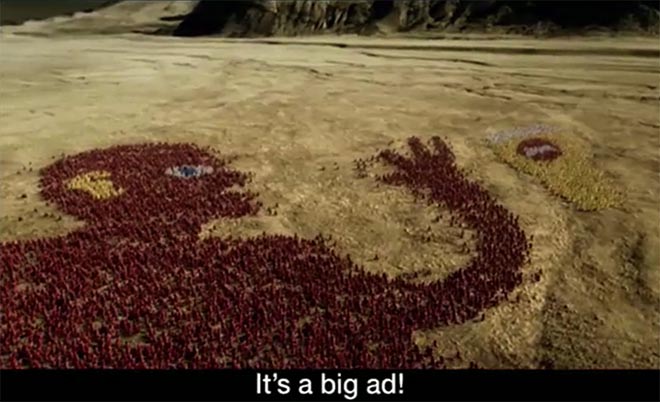Spent yesterday afternoon with a workshop of church leaders considering healthy relationships in regional churches (generally churches over 150 people).
We started with two tastes of culture guaranteed to bring generational conflict to the surface.
 We looked at the Carlton Draught Big Ad, considering the fact that thousands of people have seen this short film on the internet, before its official release on television. As expected, I got a bite from one or two who could not understand why people spend so much time online. “How can you have real community with people who aren’t in the same room?”
We looked at the Carlton Draught Big Ad, considering the fact that thousands of people have seen this short film on the internet, before its official release on television. As expected, I got a bite from one or two who could not understand why people spend so much time online. “How can you have real community with people who aren’t in the same room?”
We worked through material by Schewe and Meredith, considering the move from mass marketing towards one-to-one marketing. Schewe and Meredith break down the generations into smaller cohorts, helping us read generational differences with more subtlety.
We looked at the values of people who came of age in the years after World War II – values linked to ‘building a future for our children’.
The second half was spent looking at the sociological approach to congregational life provided by Jackson Carroll and Wade Clark Roof. On reflection, some of the material was too technical. If I present that material again I’ll try and present it with my own words and examples.
One of the ‘ouch’ points of the afternoon was the lesson given by George Barna on large regional churches and younger generations. He points out that large churches are preferred by older Baby Boomers. Busters, he says, are often too busy to get involved in the busy program and worship life of such churches.
From my observation it’s also about values. Younger generations tend to favour environments characterised by flexibility, intimacy, honesty and humility.
Barna provides a summary of generational differences in relation to activities, faith, and self descriptions at his site, The Barna Group.
